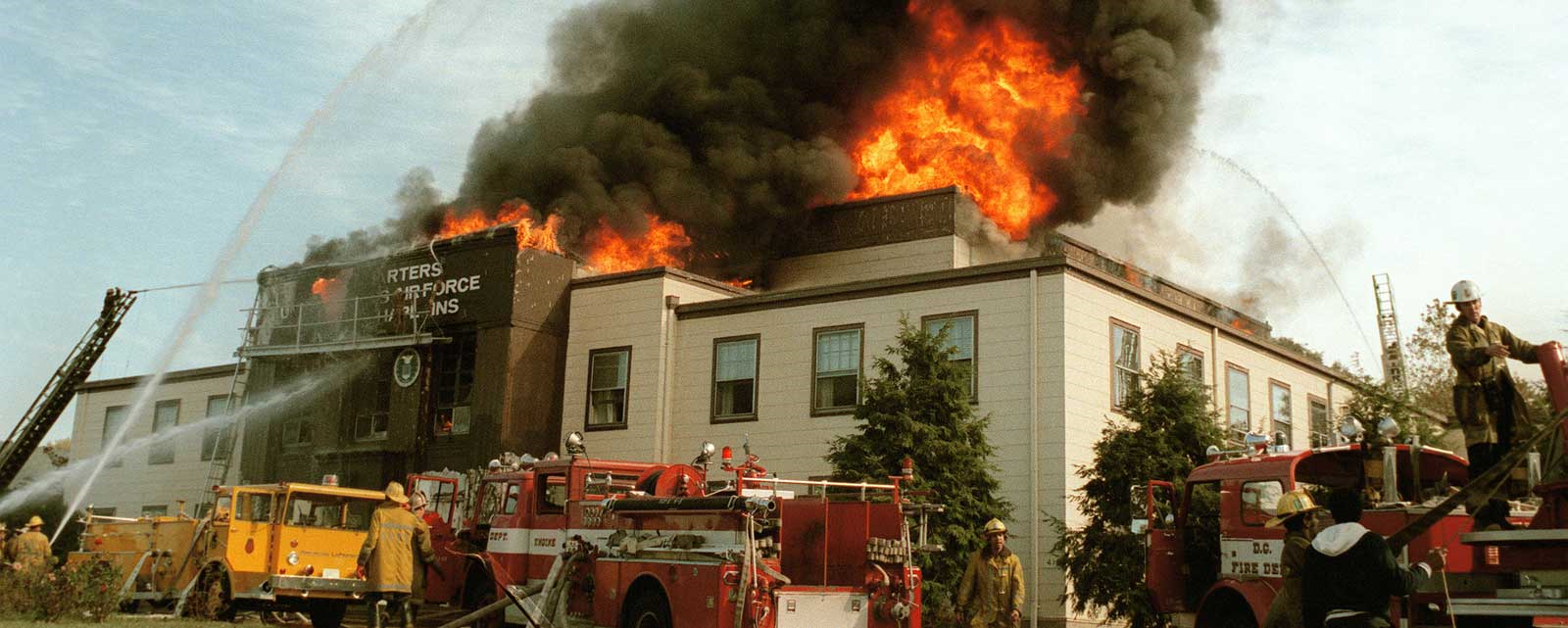The importance of fire-rated ceiling tiles

When a fire breaks out in a building, preventing its spread and giving occupants time to escape are the highest priorities. Here’s how your ceiling assembly can help and why fire-resistant tiles are a necessity.


